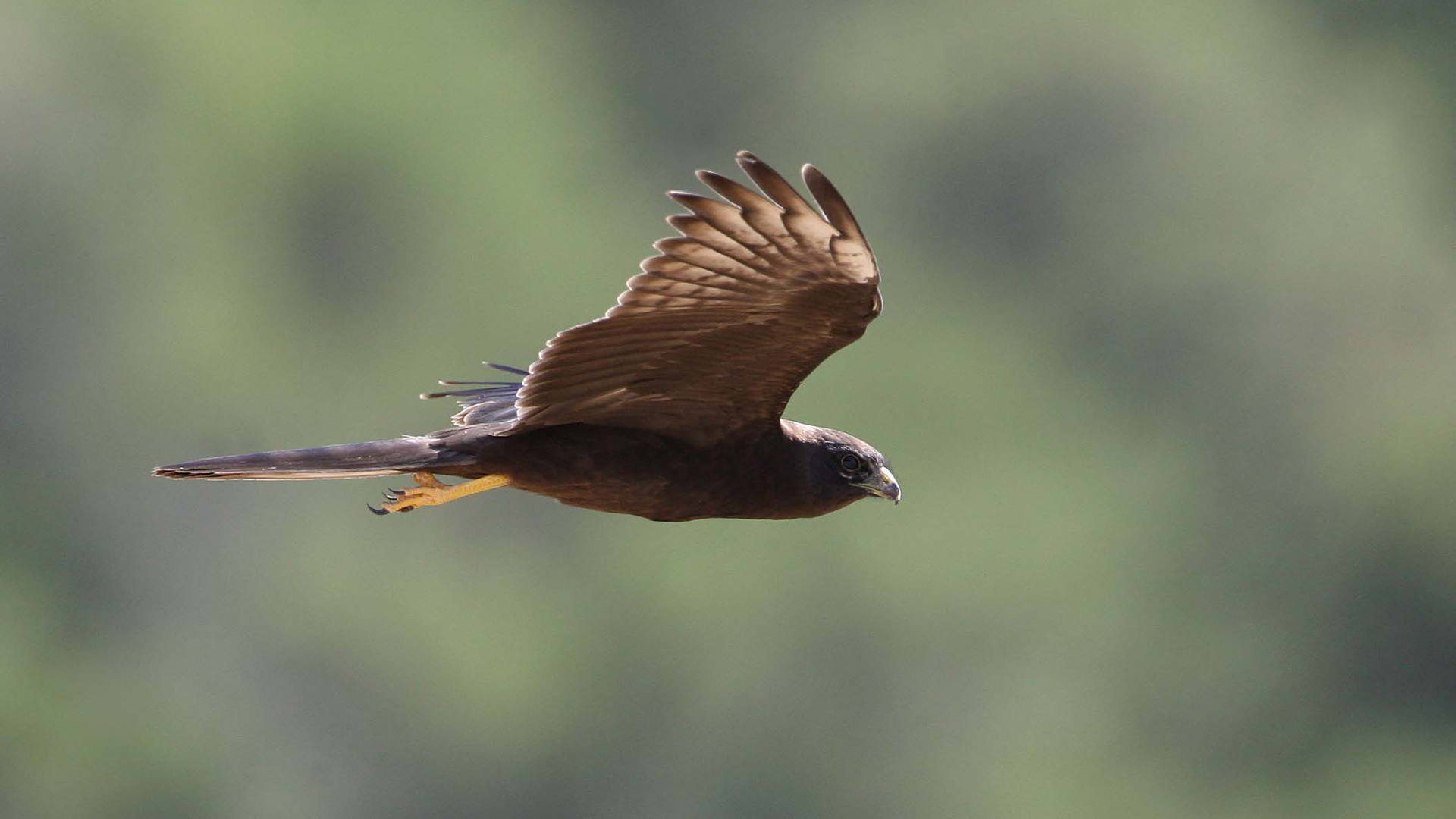
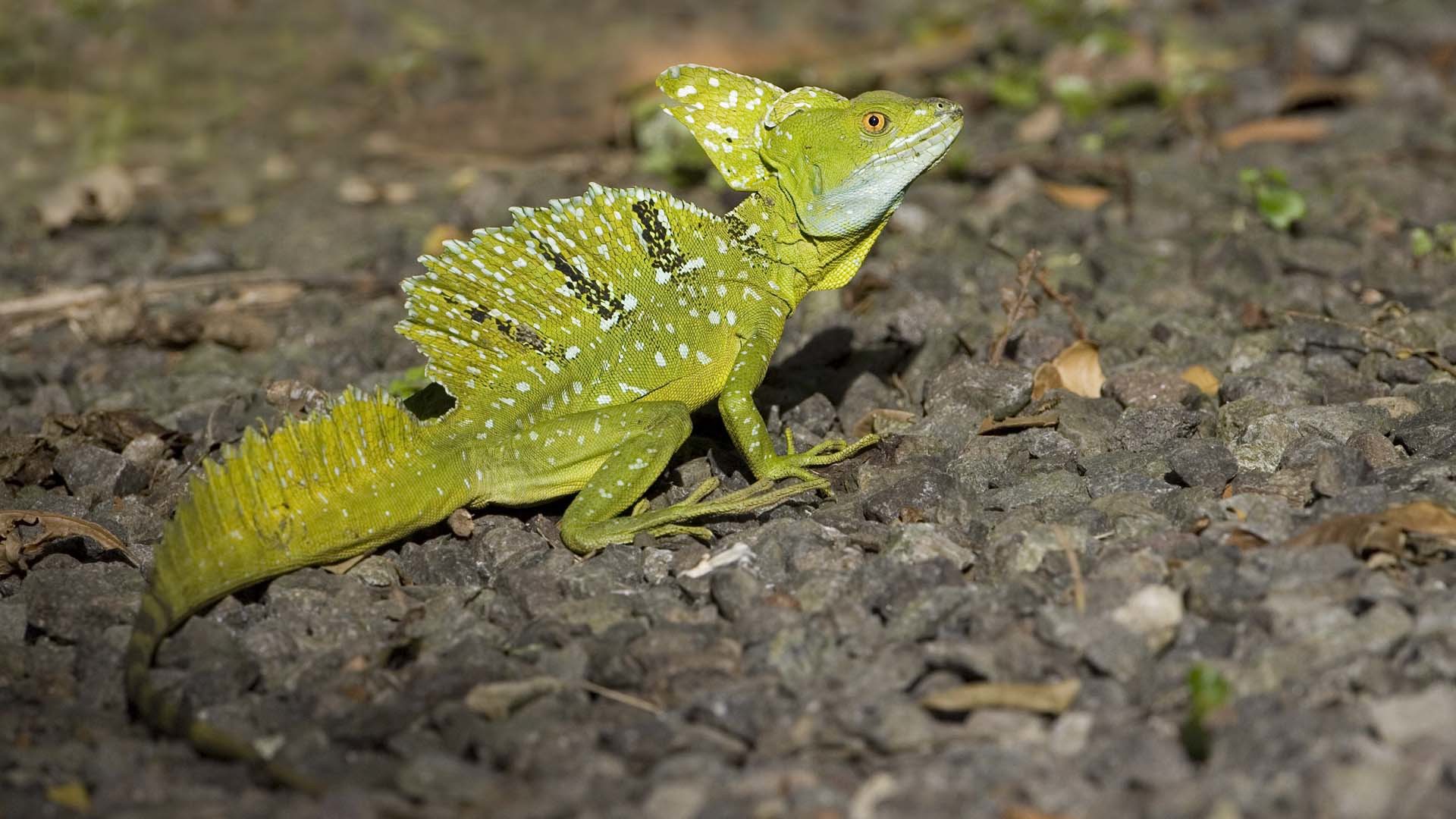

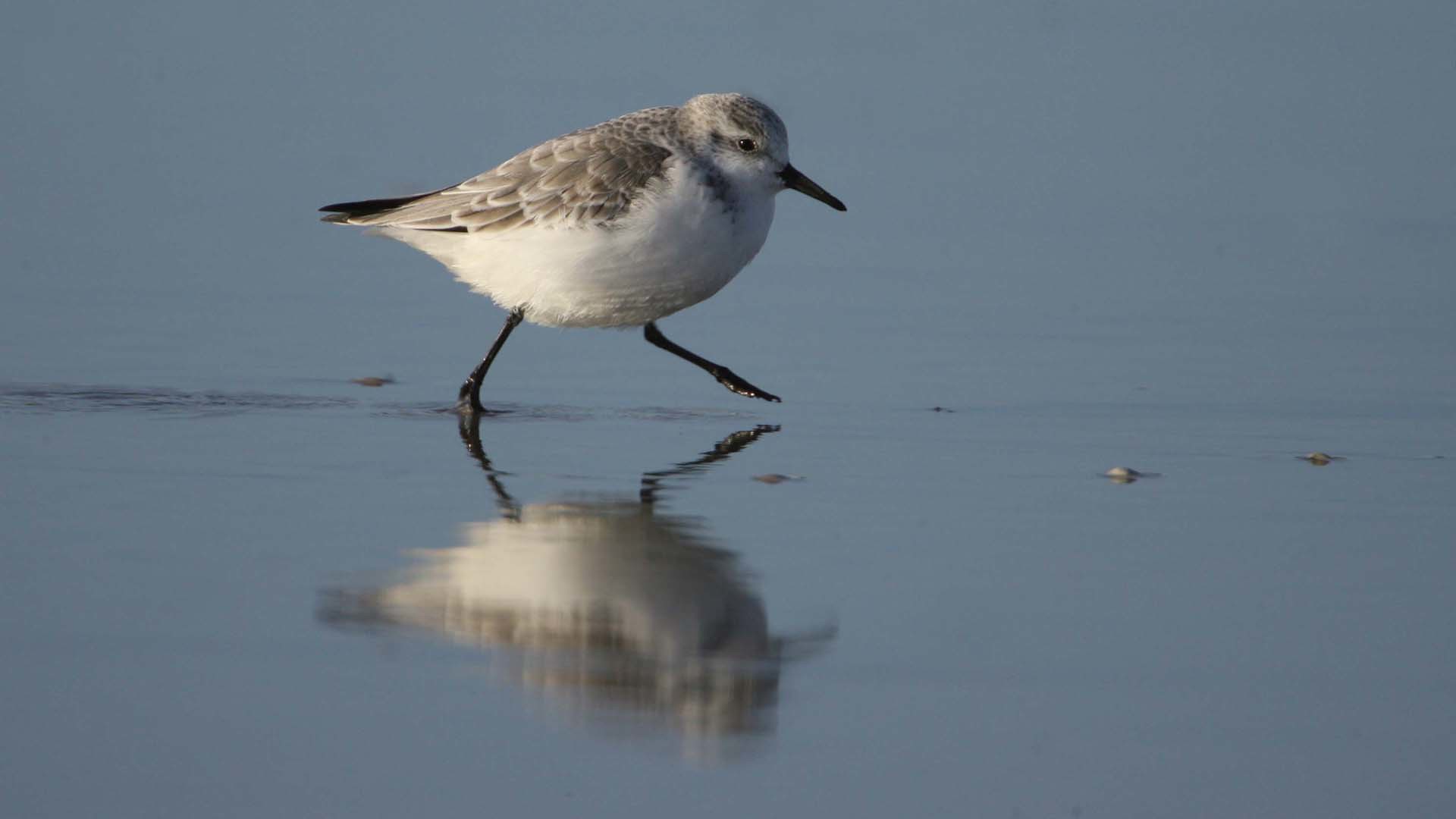
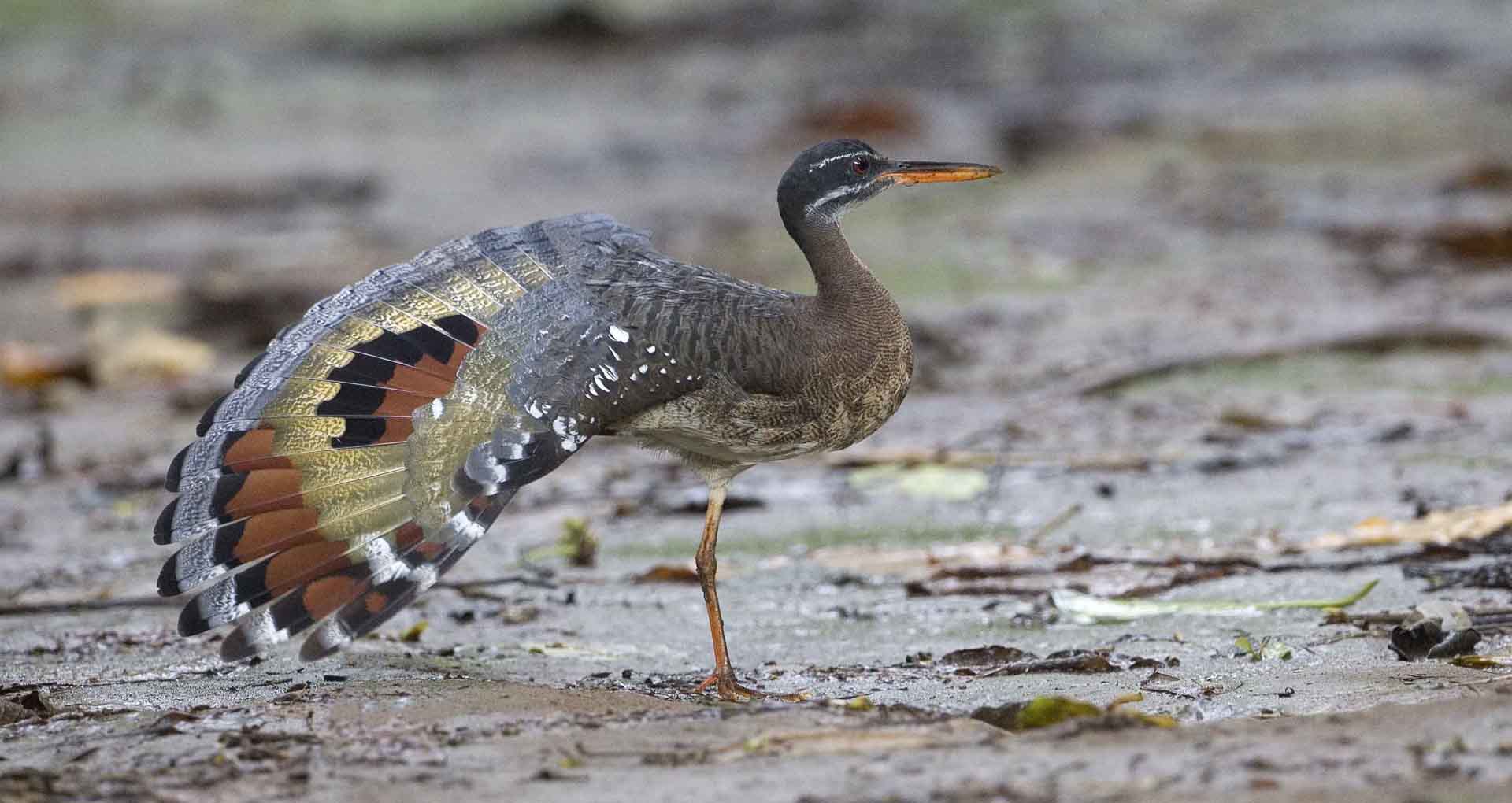
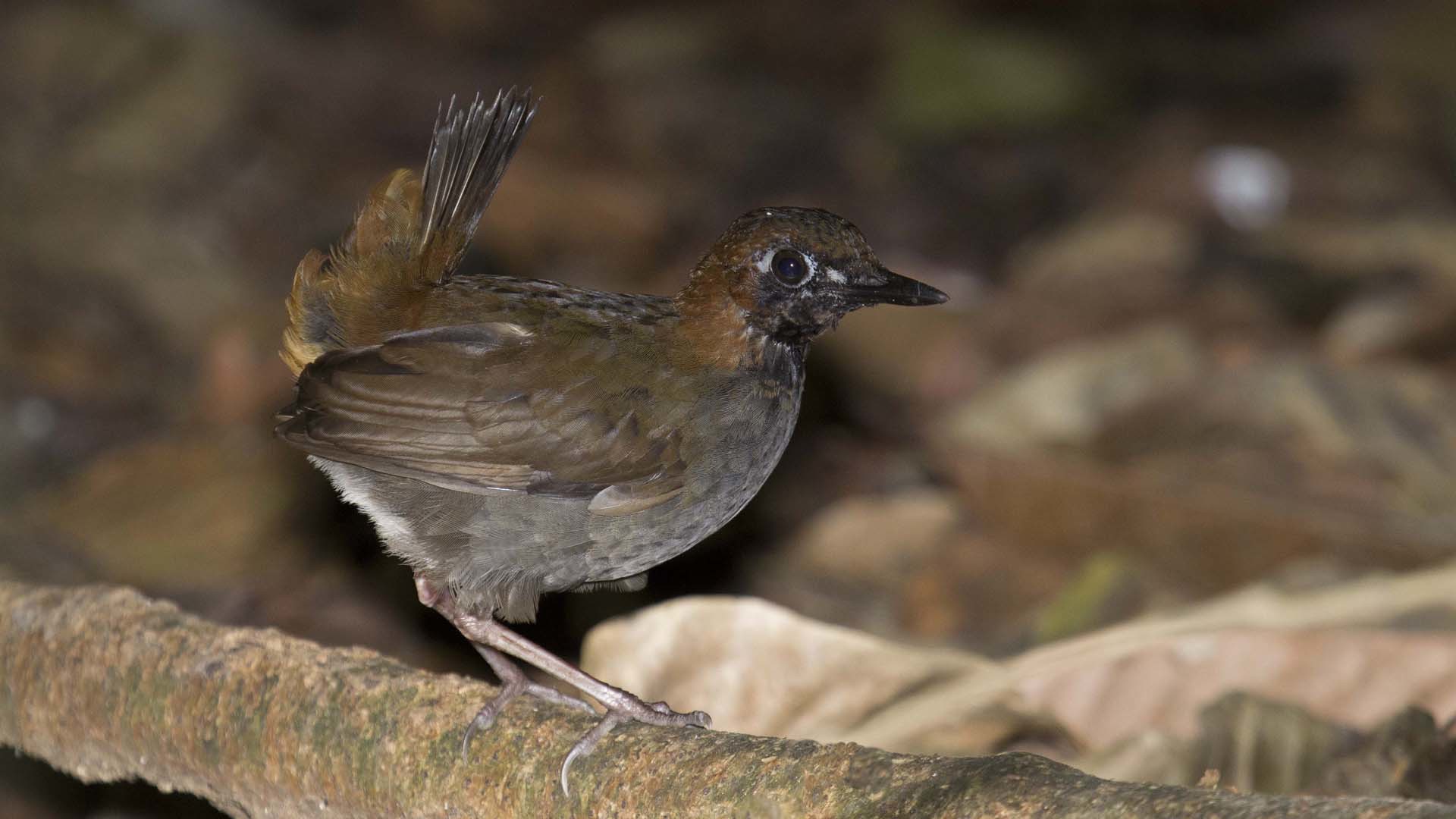
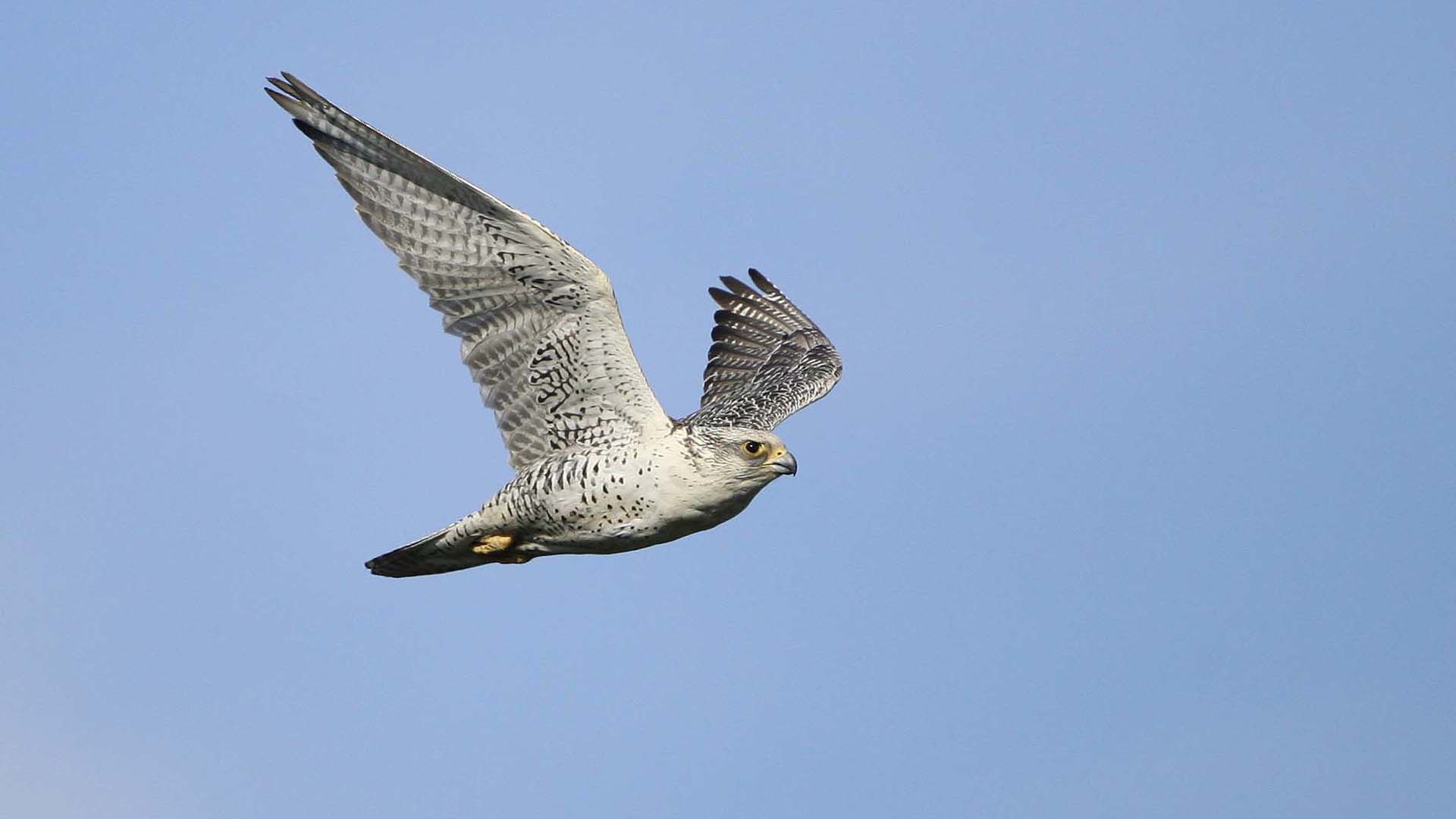
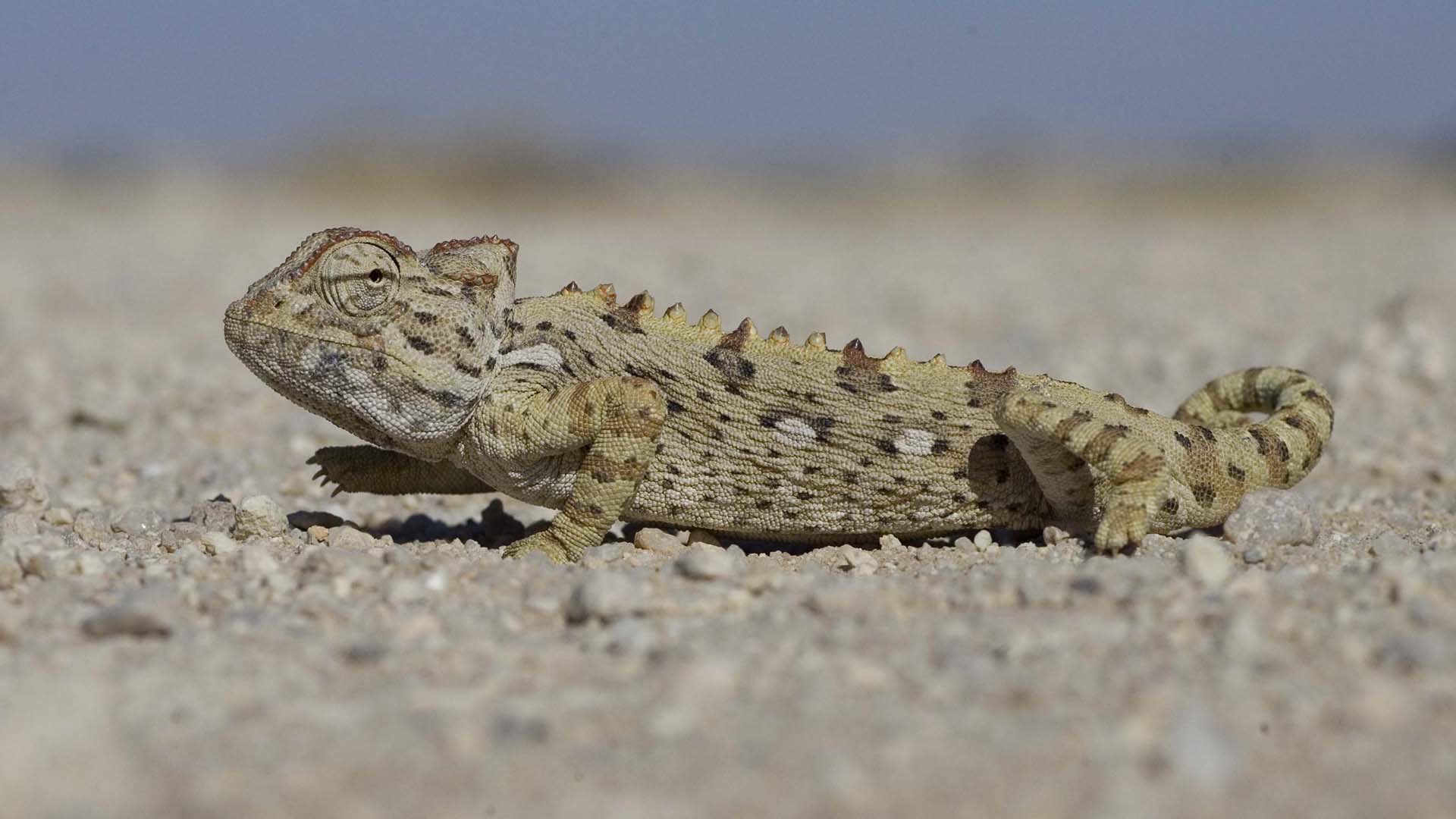








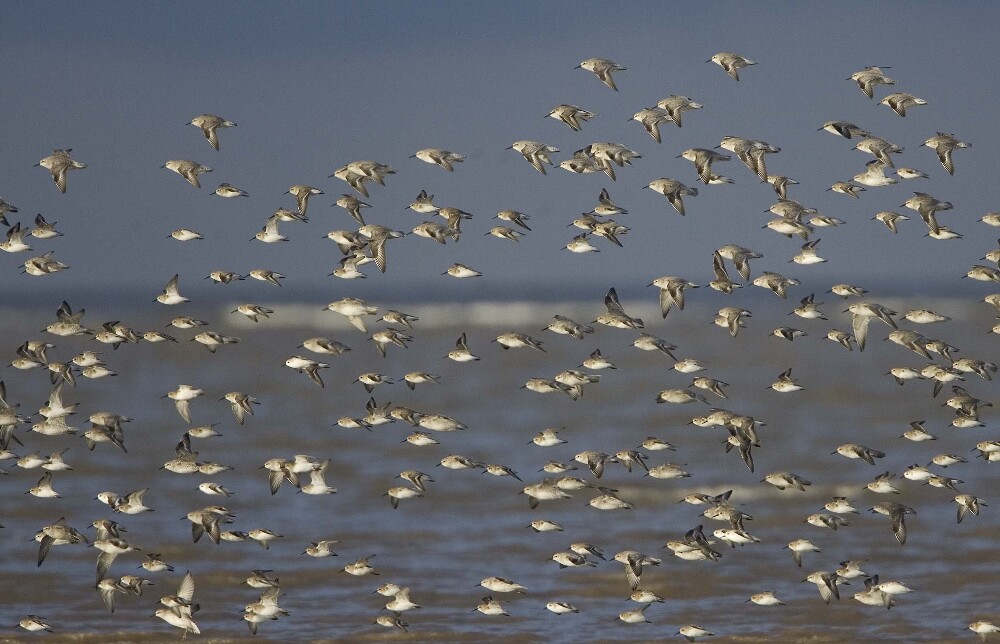
Knot, Dunlin and Sanderling.
Enjoy the thrill of thousands of wintering birds at one of the UK top wetlands.
The spectacular Dee Estuary, lying between North Wales and the Wirral is one of the most important international wintering sites for a wide variety of wildfowl and waders. Extensive salt marshes and pools provide ideal feeding grounds and a large part of the area (5000 acres) is now owned by the RSPB including bird-rich scrapes and pools. The programme includes visits to Hoylake, Heswall, Parkgate and Burton Marshes on the English side and Point of Ayr and Flint on the Welsh coast. As well as being a magnet for waders and wildfowl the Dee is also a wintering ground for Peregrine, Merlin, Hen Harrier and Short-eared Owl which can be seen hunting the vast salt marshes. Finch flocks feed along the tide-line and we will keep an eye open for Twite and even Snow Bunting. We will also be visitng the newly-expanded Burton Mere Wetlands RSPB reserve which has a network of hides and trails which overlook a number of lagoons. Here we will be scanning for a wide range of wildfowl and waders including the occasional uncommon species plus Water Rail and Kingfisher.
To make a reservation contact Keith Offord (see below)
Contact Keith Offord (see below) to reserve a place.
Four nights dinner bed and breakfast, picnic lunches on 3 days, transport throughout the event, and the services of the leader. This price does not include personal insurance.
Travel to and from home, personal insurance, drinks, telephone, laundry and other extras.
HOTEL: Inglewood Manor is a delightful Edwardian country house hotel nestling in the heart of 38 acres of exquisite grounds and is perfectly placed for exploring the estuary. All rooms are en suite. For more details see www.inglewoodmanor.co.uk
The Dee Estuary is of special interest for its total populations of internationally important wintering waterfowl; its populations of individual waterfowl and tern species, whose numbers reach national and in some cases, internationally important levels; its intertidal mud and sandflats, saltmarsh and transitional habitats; the hard rocky sandstone cliffs of Hilbre Island and Middle Eye with their cliff vegetation and maritime heathland and grassland; its assemblage of nationally scarce plants; and its populations of Sandhill Rustic Moth, a Red Data Book species.
The Dee is a large funnel shaped estuary which lies between the Wirral Peninsula, England and Flintshire, North East Wales.
It was formerly much more extensive but large scale reclamation of intertidal land has occurred, principally at the head of the estuary. This followed the canalisation of the River Dee in the eighteenth century when an attempt was made to secure the continuation of Chester as a port.
The estuary contains extensive areas of intertidal sand and mudflats which support a variable but characteristic benthic fauna depending on the nature of the substrate.
Large areas of saltmarsh also occur at its head and along part of its north-eastern shore. The estuary continues to accrete and further saltmarshes are developing, particularly on the English shoreline.
Within the estuary, the three small sandstone islands of Hilbre, Middle and Little Eye provide the only hard natural rock coast habitat along this section of coastline.
A largely unvegetated shingle ridge occurs at the Point of Ayr. Although yellow embryo dunes occur at its western end, these are susceptible to erosion from wave action.
The Dee Estuary is one of the most important estuaries in Britain and amongst the most important in Europe for its populations of waders and wildfowl. The estuary is particularly important for its wintering bird populations and both waders and wildfowl achieve numbers of international importance.
The estuary supports internationally important populations of a number of wader species, namely, Oystercatcher, Knot, Curlew, Redshank, Bar-tailed Godwit, Black-tailed Godwit, Grey Plover and Dunlin.
The waders utilise the abundant invertebrate populations principally on the extensive intertidal flats, particularly the mudflats. Several wading bird species also make extensive use of the coastal grazing marshes and fields adjoining the estuary for feeding and roosting.
Around the estuary are a number of high tide roost sites; principal sites include the Hilbre Islands, the foreshore at West Kirby, the shingle spit at Point of Ayr and the saltmarshes at Oakenholt. Wildlfowl present in internationally important numbers include Pintail Anas acuta, for which the Dee and Mersey have been the principal British wintering estuaries for many years, Teal and Shelduck, whilst Wigeon occur in nationally important numbers.
The Dee Estuary is also an important staging post for migrating birds, during both spring and autumn. Nationally important numbers of Ringed Plover are regularly seen on passage. In addition, the summering flock of non-breeding Black-tailed Godwit, one of the largest in the United Kingdom, is regarded as of national importance.
The Dee Estuary also supports nationally important numbers of breeding Common Tern . These birds historically nested on the Burton Marshes where they were frequently inundated by spring tides. They now nest on specially developed habitats on lagoons within the Shotton Steelworks complex. Numbers have shown a slow but steady increase since the 1970's.
The large breeding population of Redshank, which utilise the ungrazed and lightly grazed saltmarshes for nesting, is regarded as of national significance.
The Dee Estuary also supports nationally important flocks of Cormorant, which occur throughout the year and Great Crested Grebe, peak numbers of which occur in the autumn during the moult.
The Dee Estuary supports extensive areas of saltmarsh vegetation and exhibits a complete succession from early pioneer vegetation colonising intertidal flats through lower, middle and upper saltmarsh types to brackish and freshwater transitions at the top of the shore.
Although land reclamation has led to a loss of many of these natural transitions, there are still a number of areas, particularly on the English shoreline, around Neston and Parkgate, where transitions to swamp vegetation still occur. These are dominated usually by Common Reed and Sea Club-rush.
On the Welsh shoreline this habitat feature is limited to areas around Connah's Quay and to the south east of Flint. In north east Wales, swamp vegetation is scarce generally and the more extensive areas adjacent to the estuary, including those at Shotton, are therefore important.
The saltmarshes themselves support a variety of vegetation communities characteristic of estuaries in northern and western Britain. The Dee Estuary supports a large area of marsh dominated by Common Cord Grass. Its current extent reflects the fact that the estuary continues to accrete following historical land claim. Species such as Glasswort and Annual Seablite are also present.
Much of the saltmarsh remains ungrazed and this has allowed extensive stands of species intolerant of grazing to develop, such as Sea Purslane Atriplex portulacoides. Where grazing intensity has declined in locations at the top of the shore, rank strandline vegetation dominated by Common Couch and Sea Couch has developed.
Of particular note within the reclaimed land on the Ministry of Defence ranges adjacent to the estuary, is saltmarsh characterised by Saltmarsh Flat-sedge, a species close to its southern limit in north Wales. Although the saltmarshes are generally species poor, the nationally scarce species, Slender Hare's-ear is found at Connah's Quay, at its northern British limit of occurrence.
The three sandstone islands which comprise the Hilbre Island complex represent the only natural hard rock coast within the estuary and are the only examples of this habitat between the limestone cliffs of the Creuddyn Peninsula and the sandstone cliffs of St. Bee's Head in Cumbria.
Consequently, the coastal cliffs and the maritime heathland and grassland on the plateau areas above the cliffs represent the only regional examples of these vegetation types. Although the western Hilbre cliffs are too exposed to support vegetation, the sheltered eastern cliffs support Common Scurvy Grass and Sea Campion. The nationally scarce Rock Sea Lavender occurs together with the regionally scarce Sea Spleenwort fern.
The Dee Estuary supports a number of other nationally scarce higher plants in addition to those previously mentioned including Portland Spurge at Point of Ayr, Variegated Horsetail Equisetum in the vicinity of the Shotton Steelworks, White Horehound in coastal grazing fields at Point of Ayr and White Mullein on basic slag waste at Shotton and Flint.
The Red Data Book species, Sandhill Rustic Moth occurs within the estuary towards its mouth on both the English and Welsh shorelines.
The presence of a large herd of Grey Seal Halichoerus gypus, is considered to be of regional interest. These haul out on West Hoyle Bank, though breed elsewhere. The presence of breeding Reed Warblers, a scarce species in North Wales, in reedbeds in and adjacent to the estuary, is of interest. The presence of the uncommon anadromous fish, is also of note.
Other information:
The Dee Estuary has been designated as a Ramsar Site under the Ramsar Convention of Wetlands of International Importance and as a Special Protection Area (SPA) under the EC Birds Directive (79/409) in July 1985.
The site is nationally important and is listed in 'A Nature Conservation Review' edited by D A Ratcliffe (1977), Cambridge University Press.
This site is contiguous with the following four SSSI: North Wirral Foreshore; Red Rocks; Dee Cliffs; Gronant Dunes and Talacre Warren; and is close to Inner Marsh Farm SSSI.
Hilbre Island together with Middle Eye and Little Eye are managed as a Local Nature Reserve (LNR) by Wirral Metropolitan Borough Council.
A number of nature reserves are managed within the site.
The Dee Estuary lies within both England and Wales
